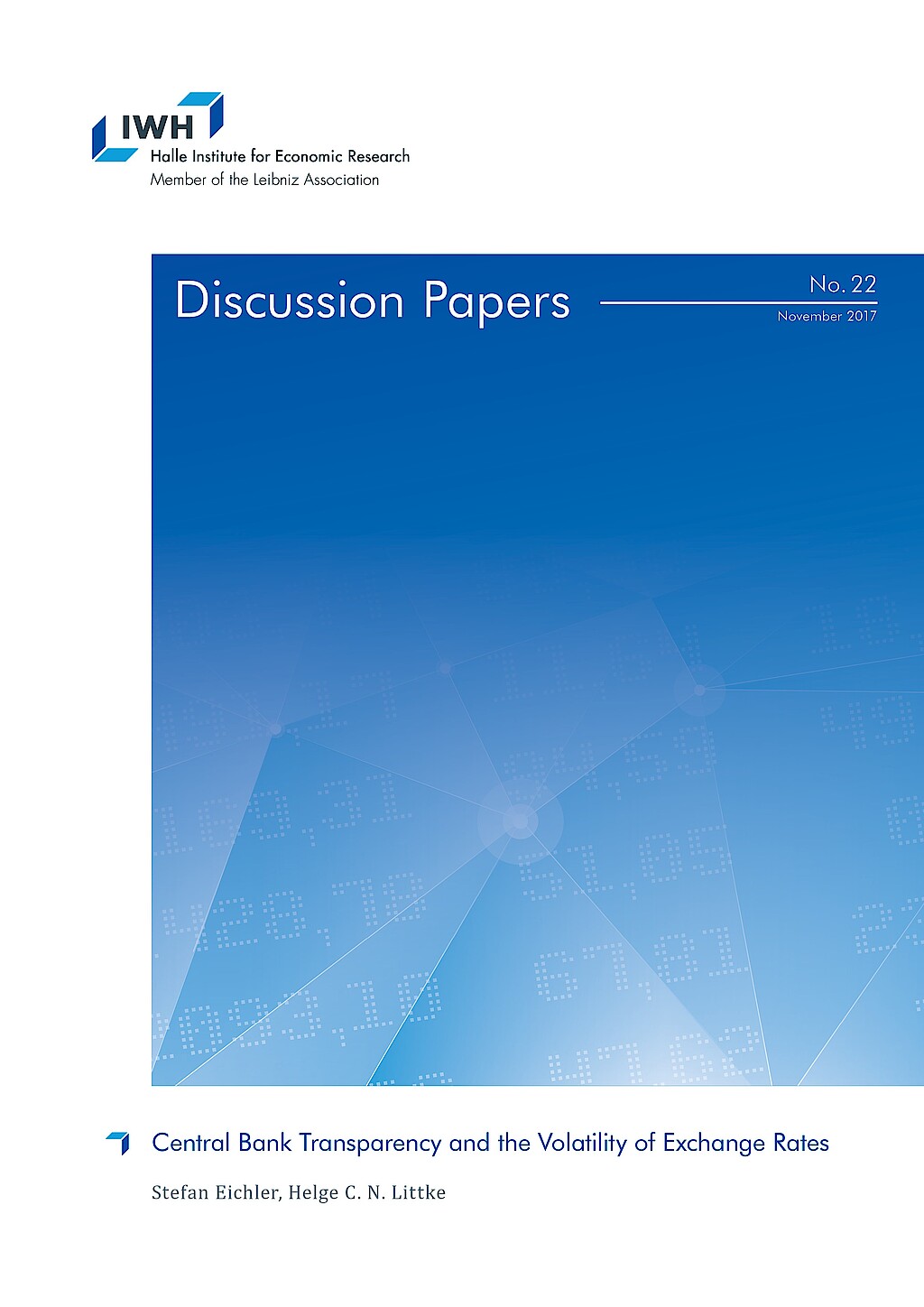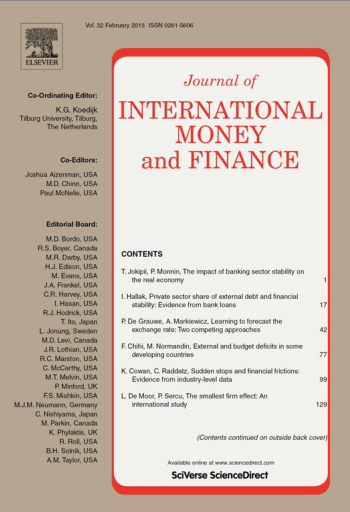
Central Bank Transparency and the Volatility of Exchange Rates
We analyze the effect of monetary policy transparency on bilateral exchange rate volatility. We test the theoretical predictions of a stylized model using panel data for 62 currencies from 1998 to 2010. We find strong empirical evidence that an increase in the availability of information about monetary policy objectives decreases exchange rate volatility. Using interaction models, we find that this effect is more pronounced for countries with a lower flexibility of goods prices, a lower level of central bank conservatism, and a higher interest rate sensitivity of money demand.






